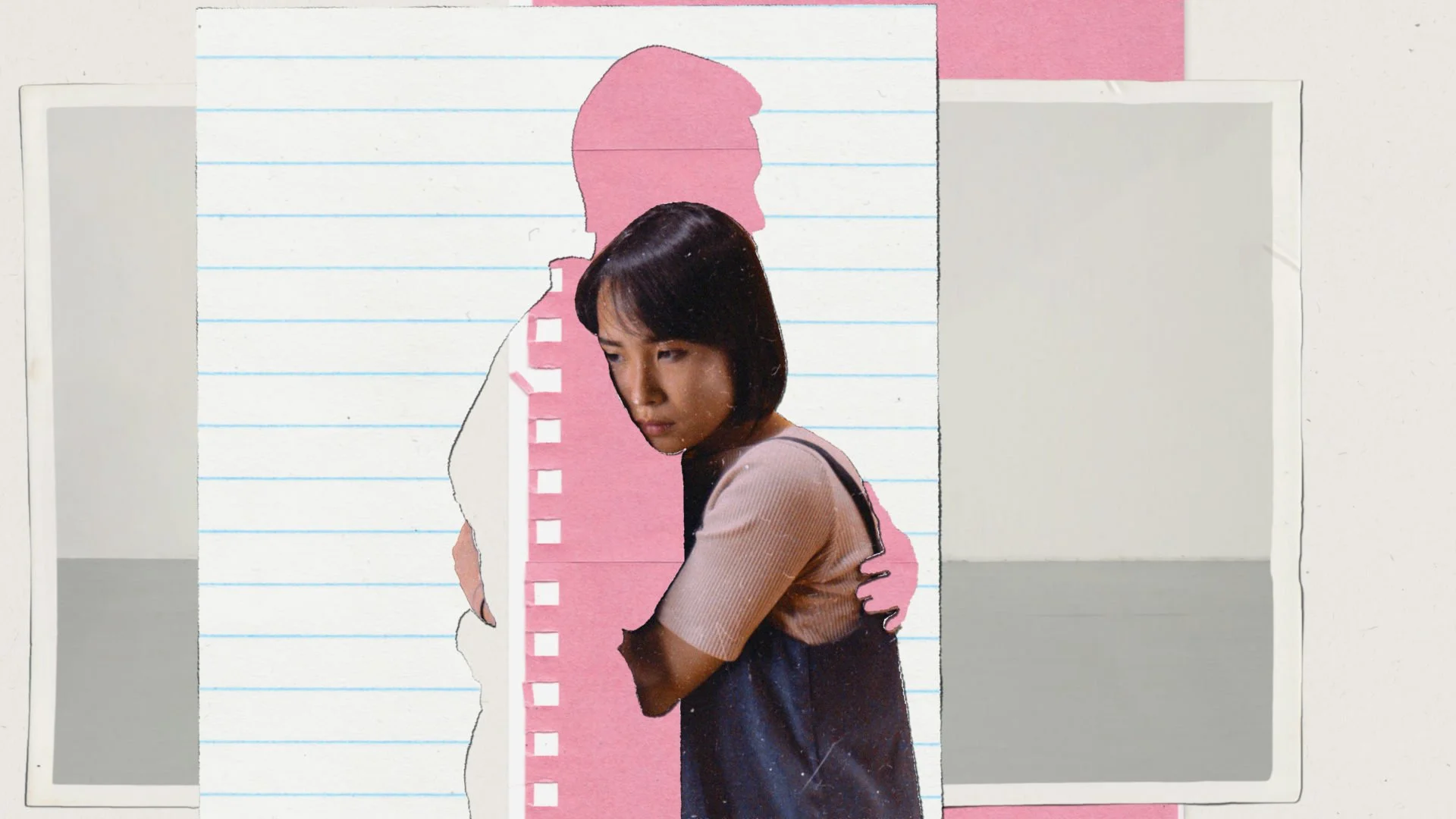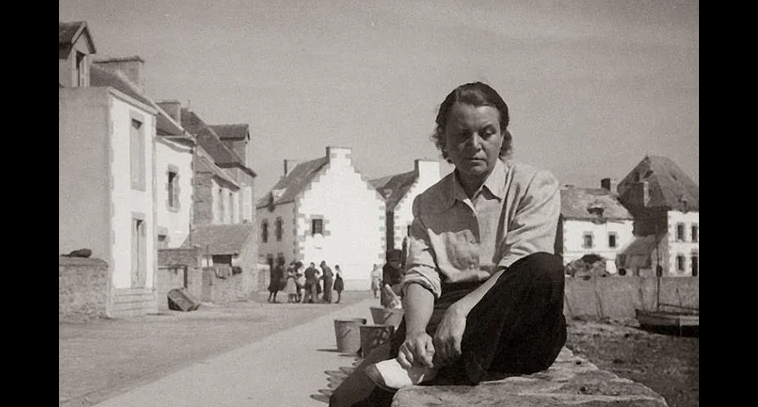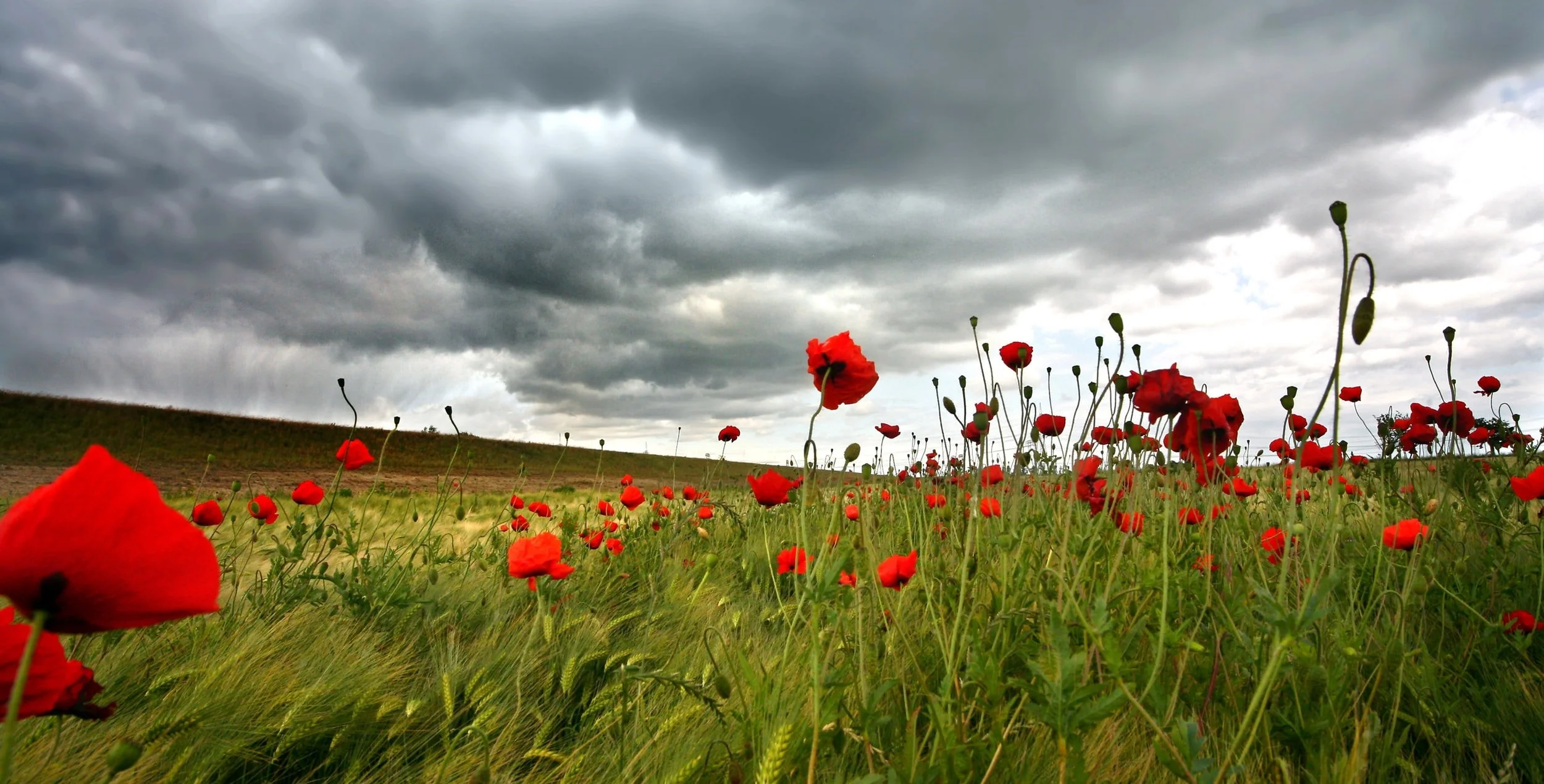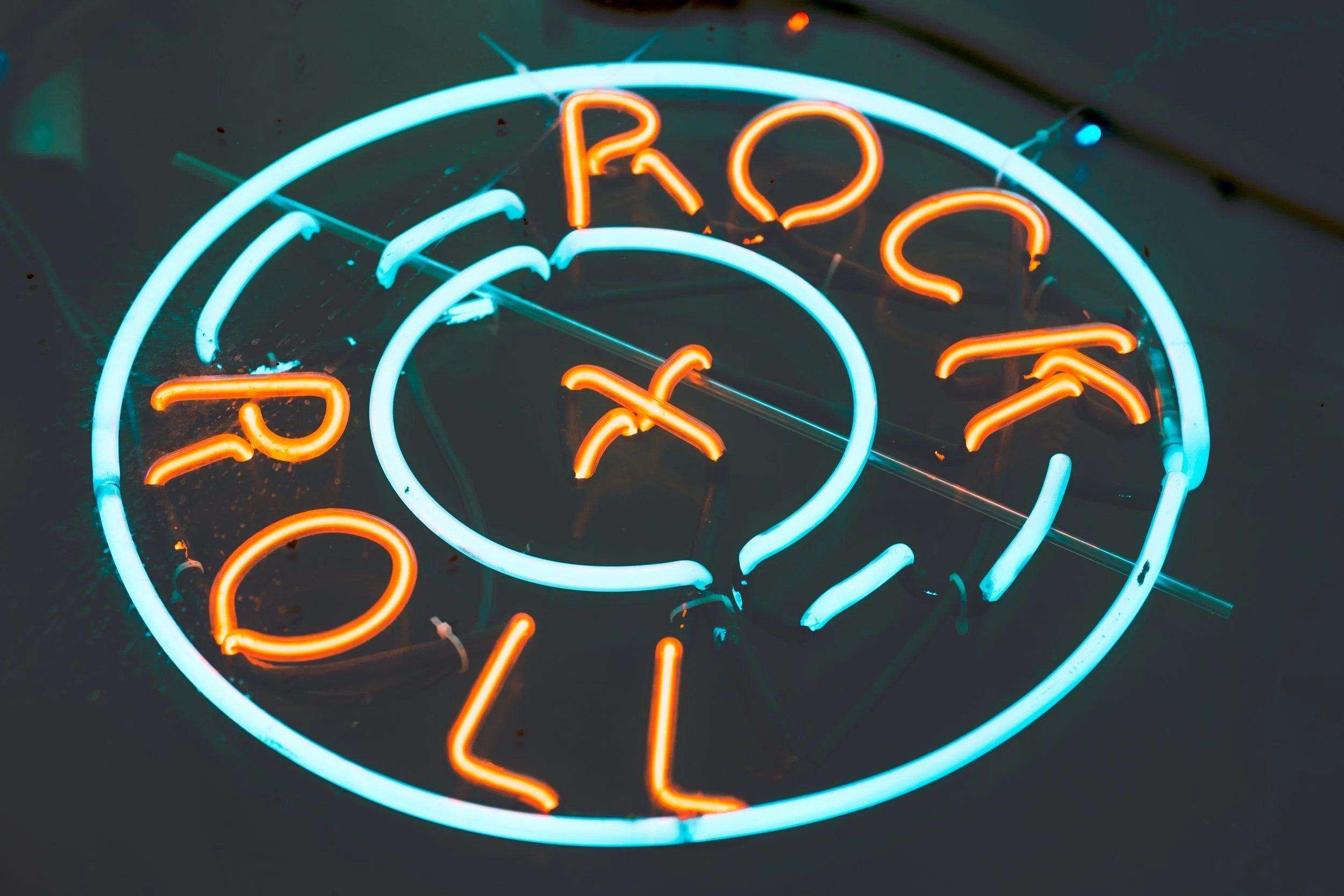In this article, the history of Czech LGBT athletes is examined, with two individual athletes highlighted. The first is Martina Navratilova, a world-renowned tennis player whose won the 1972 Czechoslovak National Championship at the young age of 15. The second is Olympic figure skater Ondrej Nepala, who started his Olympic career in the 1964 Winter Games at the age of 13. Both distinguished athletes advocated for LGBT rights, with Navratilova still doing so to this day.
Assassination of Reinhard Heydrich
"The Butcher of Prague" Reinhard Heydrich established himself as a ruthless authority among the Nazis, terrorizing Eastern Europe. Czechoslovakian president Eduardo Bene ordered a team of assassins to kill Heydrich. These assassins were Josef Gabcik, a former blacksmith and locksmith, and Jan Kubis, both of whom rose up the ranks in the Czech military. Of course there were others, 7, in fact, and if they were successful is written.
Milada Horakova
Milada Horakova was an advocate for democracy, stuck between both the Nazis and Communists for her adult life. During the Nazi occupation of Czechoslovakia, she resisted, helping emigrants escape and harboring fugitives of the occupiers. Although she faced torture and death from the Nazis, she not only survived but also continued her same fight, this time with the Soviets. Sadly, she was sentenced to death and executed, even when eminent individuals of the time demanded her release.
Jana Novotná: Czech Tennis Champion (1968-2017)
Love, Dad
Diana Cam Van Nguyen, up-and-coming Vietnamese-Czech animation director, debuts her animated documentary, "Love, Dad." It centers around an exchange of letters between a daughter and her father. In her film, several animation techniques are used in a fitting manner. Her future as a filmmaker is only beginning, but she's already made international waves!
The Czech Flag: A Century of Waving
Inspired by the American holiday, many nations in the world celebrate Flag Day, including Czechia. Before Czechia, there was Czechoslovakia, whose flag, created in 1918, featured 2 horizontal stripes, white on the top and red on the bottom. The flag changed to include a blue wedge from the left and has remained this way since, including after the separation of Czechoslovakia into the Czech Republic and Slovakia.
Toyen: Czech Surrealist Artist (1902-1980)
Toyen, born Marie Čermínová, was a foundational Czech Surrealist artist who explored gender expression. In her early days, she traveled to Paris where she promoted a poetry-inspired art style called "Artificialism." Her own art explored gender, politics, and eroticism, which challenged viewers. After the Communist takeover of Czechoslovakia, Toyen lived in Paris, creating new, expressive pieces, for the rest of her life.
Pride, Country, and a Balance Beam
Věra Čáslavská was a Czechoslovakian Olympian gymnast, born in May 3, 1942 and raised in Prague. Her sense of pride came from more than her sport, as it centered around her love for Czechoslovakia and her people, such that she signed the Two Thousand Words manifesto during Prague Spring. Even through possible persecution she continued to train for the Olympics. After the Olympics, the persecution continued, but she remained resolute though her life, earning her the love of the Czechoslovakian people.
Mother's Day in Czechia: Charlotte Masaryk
Through history, celebrating Mother’s Day in the Czech Republic was more complicated than one could imagine. It begins with the wife of Tomas Masaryk, Charlotte, who fought for women’s rights and taught her daughter, Alice Masarykova, to do the same. After her mother’s death, Alice established Mother’s Day in 1923. The complications of Mother’s Day lasted for a long time, into Czechoslovakia’s Communist occupation.
An Army with No Country: A Siberian Odyssey
It’s the First World War, and the Czechoslovaks got to get their soldiers from Ukraine to France, but without going through a Central Powers country or a sea without enemy ships. What do they do? Naturally, they go East: fight through the Bolsheviks, take over the Russian railway network, capture most of Siberia, and reach Vladivostok before the ships arrive to get you home. All this while losing less than 10% of your men over three years of fighting. It might sound crazy, but this is just the 2nd part to the story of the Czechoslovak Legion.
An Army with No Country: The Czechoslovak Legion in Europe
They were men without their own country, living split up among not one, but two mighty empires. When the Great War came and those empires began to crumble, those men took up arms in the struggle, and fought so that one day they too would have their own nation. These were the men of the Czechoslovak Legions.
Current Events in the Czech Republic
Miloš Zeman is the current president of the Czech Republic, recently checked into a hospital for chronic health conditions. Due to the unfortunate circumstances facing the president, both houses of Parliament would need to discuss and pass a clause that allows lower officials to carry out presidential duties.
Rock Music in Czechoslovakia
The history on rock music in Czechoslovakia begins with its introduction in the early 1950s, beginning apolitically. By 1968, the apolitical aspect changed, in response to the 1968 Soviet bloc invasion, causing rock music to finally rebel and criticize the government, through satire and cryptic messaging, as the lyrics and content of rock songs were monitored.
Czechoslovakia and their only naval battle
Despite being a landlocked nation, Czechoslovakia had a naval army, one which fought a single battle. This singular battle took place on Lake Baikal in Russia during WWI. Being that Czechoslovakian soldiers fought so far away from their own nation and that they seemed unwelcome in Russia, the situation of their naval military grew more complicated.
Ten Popular Breweries in the Czech Republic
Little Crumbs by Hana Juračáková
The Czech Pioneers of the Southwest by Henry R. Maresh and Estelle Hudson
Emperor Rudolf II: Prague's Patron of Arts and Science
Rudolf II, leader of the Holy Roman Empire, ruled from 1575-1612. His reign as emperor was nontraditional and he was well known for his patronage of arts and science. Under his rule, alchemists were protected and allowed to experiment and learn, making Prague one of the cultural centers of this scientific discipline. His rule also allowed artists from all over Europe to thrive and flourish, which artists noticed and greatly appreciated.






















